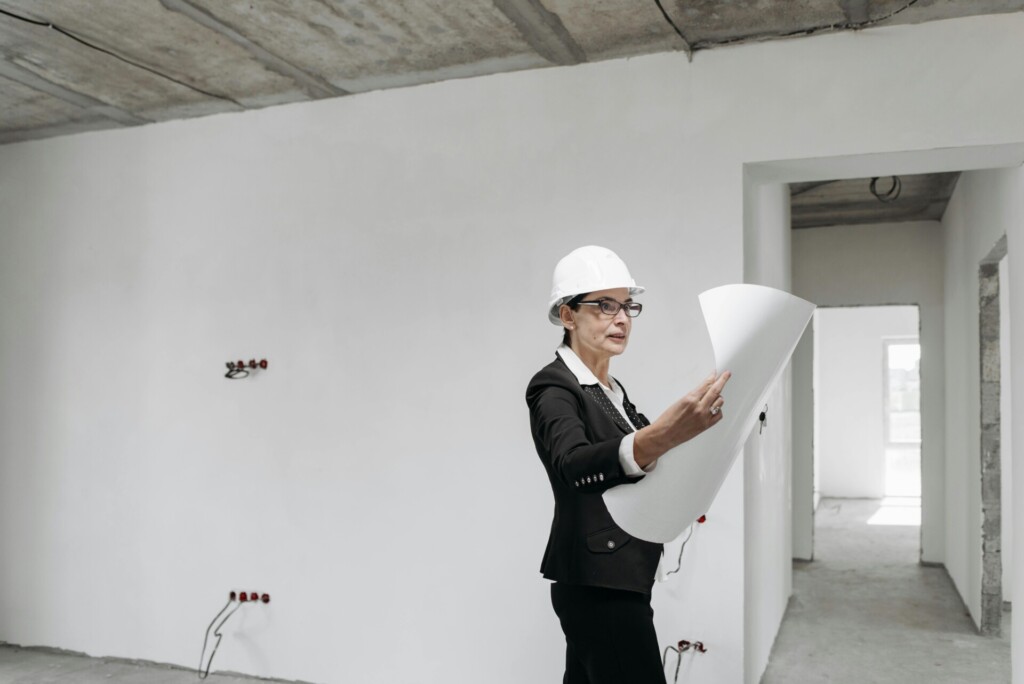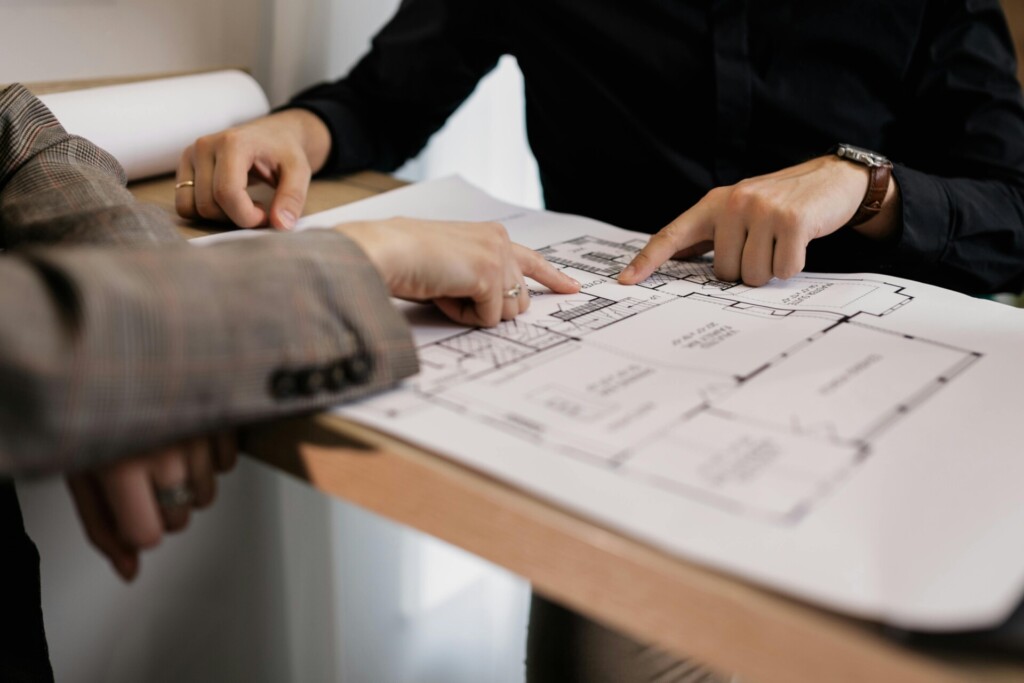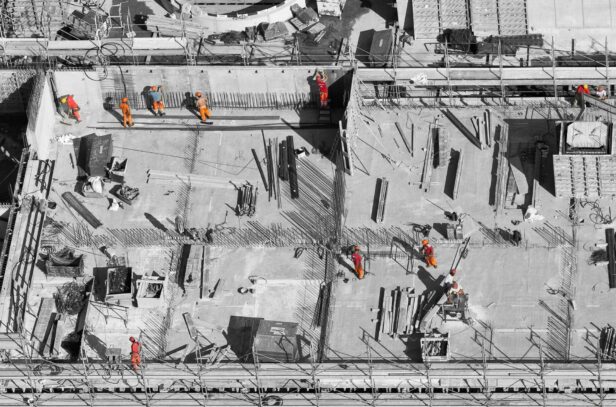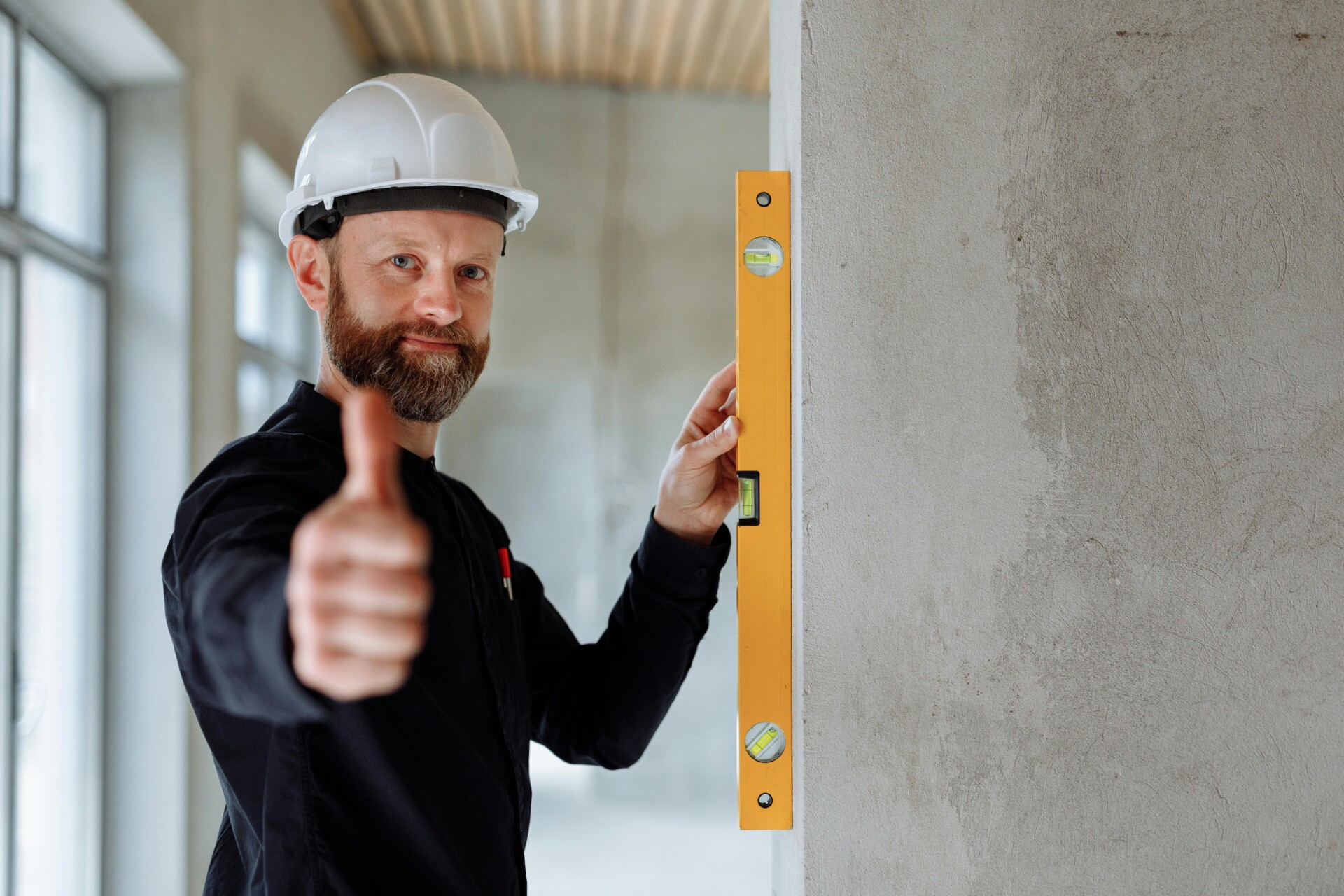Flower Mound’s commercial real estate scene is buzzing with activity. Major mixed-use projects and retail developments are progressing, marking a new chapter of growth for the area. The landscape is changing rapidly as developers and town officials collaborate on ambitious plans.
Several large-scale approvals have set the stage for significant commercial expansion. New developments will add hundreds of thousands of square feet of retail space to Flower Mound. Entertainment-focused mixed-use projects aim to create vibrant hubs of activity. Many of these plans skillfully integrate residential components, such as townhomes, with the delivery of commercial space, ensuring balanced growth.
The local retail market reflects this upward momentum. Vacancy rates have dropped as businesses eagerly occupy available spaces. Meanwhile, upcoming infrastructure improvements will open new areas for development. This work paves the way for an influx of ground-up construction and tenant build-outs in the coming months and years.
As we explore Flower Mound’s commercial build-out in more detail, we’ll examine the specific projects shaping this landscape, delve into approval processes, and analyze the trends driving this surge of activity.
Which Projects and Timelines Will Drive Space Delivery?

Several major developments are set to reshape Flower Mound’s retail and residential landscape in the coming years:
Furst Ranch
This expansive 2,300-acre master-planned community will be a key driver of new space:
- 1,400 homes planned
- 500,000 square feet of retail space
- 450 acres of parks and open space
- Infrastructure work (roads, water, sewer) to begin in 2026
- First retail phase: 140 acres near FM 1171 and U.S. 377
A potential anchor tenant has shown strong interest in Furst Ranch’s initial retail phase. The town approved a parking ratio for a 110,000 square foot store with 733 spaces, typical for a large-format grocer. While unconfirmed, this matches the footprint of an H-E-B location. The grocer closed on 22.8 acres at the northeast corner of FM 1171 and U.S. 377, though no construction timeline is set.
Monarch Development
Located east of I-35W, this 200-acre project will add significant retail space:
- Four big box retail buildings totaling 472,470 square feet
- 278 townhomes
- Restaurants, parking, and open space
Lakeside Village
This planned 160-acre entertainment district aims to create a vibrant mixed-use destination:
- Retail space
- Multifamily housing
- Condominiums
- Office space
With Furst Ranch’s infrastructure work slated for 2026, we expect the first new retail spaces from these projects to be available by 2027-2028. The Monarch development and Lakeside Village will likely follow similar timelines, creating a significant influx of new retail inventory in Flower Mound over the next 5-7 years.
How Strong is Retail Demand and What Does it Mean for Build-Outs?
Retail demand in the Dallas-Fort Worth area remains robust, with vacancy rates dropping and occupancy levels reaching new highs. This tightening market significantly impacts retail build-outs and tenant improvements.
Vacancy Rates Plummet in Key Submarkets
In the Flower Mound, Highland Village, and Lewisville submarkets, there has been a dramatic decrease in retail vacancy over the past year:
- Vacancy rate dropped from 6.08% to 4.33%
- Vacant space reduced from 616,807 to 438,767 square feet
The 28% reduction in vacant space indicates strong demand from retailers looking to establish or expand their presence in these growing communities.
DFW Retail Market Hits Record Occupancy
The broader Dallas-Fort Worth retail market showed equally impressive performance in 2024:
- Retail occupancy reached 95.1%
- 2.4 million square feet of space absorbed
- 1.5 million square feet of new space delivered
With absorption outpacing new construction, there is increased competition for quality retail spaces across the metroplex.
Implications for Retail Build-Outs
This strong demand is reshaping approaches to retail construction and tenant improvements:
- Tighter Timelines: With fewer vacant spaces available, retailers push for faster build-outs to capitalize on market opportunities.
- Small-Format Focus: Most leased spaces are 5,000 square feet or less, requiring efficient design and construction for these compact footprints.
- Steady TI Demand: As grocers and other retailers expand, there is consistent demand for tenant improvement projects.
- Flexibility is Key: Build-outs need to accommodate a diverse mix of tenants, from traditional retail to experiential concepts and service-based businesses.
For general contractors like EB3, this market dynamic presents both challenges and opportunities. We must be prepared to execute build-outs efficiently, often working within existing structures to meet the needs of incoming tenants. Our expertise in fast-track construction and ability to navigate tight urban or suburban retail environments will be crucial in meeting the demands of this thriving market.
| Submarket | Vacancy Rate (%) | Net Absorption (Sq. Ft.) |
|---|---|---|
| Far North Dallas | 5.5 | -279,857 |
| Mid-Cities | 4.8 | -149,967 |
| Central Fort Worth | 5.8 | -69,637 |
| North Central Dallas | 5.1 | 296,390 |
| Central Dallas | 3.5 | 54,049 |
| East Dallas Outlying | 2.3 | 68,966 |
As the retail landscape evolves, we remain committed to delivering high-quality build-outs that help retailers capitalize on the strong demand in Flower Mound, Highland Village, Lewisville, and across the DFW metroplex.
How Are Approvals, Phasing Rules, and Design Standards Shaping Scope?

Careful planning and phasing requirements are playing a key role in shaping new developments in Flower Mound. We’ve seen firsthand how phasing rules can help ensure balanced growth between residential and commercial components. For the Monarch project, town officials linked residential delivery directly to commercial build-out milestones. Specifically, the first 150 townhomes cannot break ground until 150,000 square feet of commercial space is constructed. The remaining townhomes are only permitted after at least 300,000 square feet of commercial development is complete.
These types of phasing triggers serve multiple purposes. They help guarantee that promised commercial amenities materialize alongside new housing. They also allow the town to carefully manage infrastructure demands and service needs as large projects come online in stages. For developers and property owners, phasing requirements add complexity but ultimately create more predictable, sustainable growth patterns.
Design Standards Emphasize Longevity and Cohesion
Beyond phasing, there’s an increased focus on design standards and architectural cohesion in planned developments. In recent town discussions, officials emphasized the importance of classic, enduring design over short-lived trends. There’s a clear preference for high-quality materials and timeless aesthetics that will age gracefully.
Interestingly, town leaders have also shown support for thoughtful revitalization of existing structures. Re-skinning or adaptively reusing vacant buildings can gain favor when executed with care. This approach aligns with sustainability goals while preserving community character.
For large planned developments, establishing cohesive design standards across multiple phases and uses is critical. We work closely with town planners to develop comprehensive guidelines that create visual harmony while allowing for variety. Elements like complementary color palettes, consistent signage, and unified landscaping help tie diverse components together into a coherent whole.
Site-Specific Considerations Shape Approvals
The town’s willingness to consider site-specific needs was evident in the approval process for a large-format grocer at Furst Ranch. Officials granted a specialized parking ratio tailored to the store’s anticipated needs. This signals close attention to the nuances of site planning, even within larger developments.
As general contractors, we see firsthand how these approvals, phasing rules, and design standards shape a project’s scope from the earliest stages. Careful coordination between developers, town officials, and construction teams is essential to navigate these requirements successfully. By embracing thoughtful planning and high-quality design, we can create developments that enhance the community for years to come.
| Development | Phasing Requirement | Design Requirement |
|---|---|---|
| Furst Ranch | Infrastructure to begin in 2026 | High-quality materials and timeless aesthetics |
| Monarch Development | 150 townhomes after 150,000 sq ft commercial Rest after 300,000 sq ft complete | Cohesive design standards for classic durability |
| Lakeside Village | Entertainment district; phased to drive demand | Emphasis on thoughtful revitalization of existing structures |
What practical planning steps follow from these trends?
Early Site and Parking Planning
We begin by meticulously planning sites and parking for large-format users, considering the recently approved parking ratios in Flower Mound. For instance, the Town Council approved a ratio of 1 space per 150 square feet for the proposed H-E-B at Furst Ranch, allowing for 733 spaces—significantly more than standard regulations. This early planning ensures we can accommodate major anchors that attract traffic to mixed-use developments.
Aligning with Infrastructure Timelines
Our development sequencing is closely coordinated with planned infrastructure improvements. At Furst Ranch, we are timing work to coincide with the 2026 infrastructure rollout, including roads, water, and sewer extensions. This strategic approach enables us to efficiently open commercial and residential areas in sync with essential systems.
Balancing Residential and Commercial Square Footage
We adhere to mixed-use phasing rules that link residential development to commercial square footage. At Furst Ranch, this involves planning for a diverse mix, including up to 3,000 single-family homes, 5,000 multi-family units, and over 6 million square feet of non-residential uses, mainly office and retail. This balanced approach fosters vibrant, sustainable communities.
Flexible Retail Space Planning
Recognizing the demand for smaller retail footprints, we employ demising strategies to accommodate users under 5,000 square feet. This flexibility allows us to adapt to changing market needs and attract a diverse mix of retailers, restaurants, and service providers to our developments.
Durable Finishes for Adaptable Spaces
When planning tenant improvements, especially for conversions like bank-to-retail, we focus on durable, classic finishes that meet planned development expectations. This approach supports smooth transitions between uses and helps maintain the spaces’ appeal to a wide range of potential tenants over time.
Streamlined Permitting and Construction
In today’s low-vacancy market, timing is crucial. We work to align permitting, utilities, and tenant improvement schedules to capture key absorption windows. This often requires close coordination with local authorities and utility providers to ensure a smooth, efficient process from approval to occupancy.
| Category | Details |
|---|---|
| Total Area | 2,300 acres |
| Residential Units Planned | 1,400 homes |
| Retail Space | 500,000 square feet |
| Parks and Open Space | 450 acres |
| Initial Retail Phase | 140 acres near FM 1171 and U.S. 377 |
| Infrastructure Start | 2026 |
By implementing these practical steps, we position our projects for success in the evolving mixed-use landscape, creating value for developers, tenants, and the broader community.
Conclusion: Align build-out plans with Flower Mound’s pipeline

As Flower Mound’s commercial landscape evolves, several key projects and trends are shaping the build-out pipeline through 2026 and beyond. The upcoming infrastructure work at Furst Ranch, ongoing development at Lakeside Village, and the careful monitoring of Monarch’s commercial thresholds all demonstrate a strategic approach to growth. For general contractors and developers, aligning with these trajectories is crucial.
To position projects for success, we recommend coordinating early and often with town officials on parking requirements, phasing strategies, and design standards. The shift toward entertainment-centric spaces, particularly evident in Lakeside Village’s plans, indicates a change in the types of commercial spaces in demand. Additionally, as retail vacancies decrease, it may be advantageous to prepare for smaller-format leasing opportunities.
By closely monitoring these developments and adjusting plans accordingly, construction teams can ensure they deliver spaces that comply with local regulations and are primed for market success. As Flower Mound’s commercial sector continues to grow, those who align their build-out plans with the town’s carefully orchestrated growth will be best positioned to contribute to and benefit from this thriving community.
For tailored guidance on navigating Flower Mound’s commercial build-out landscape, contact EB3 Construction to discuss your project needs.




